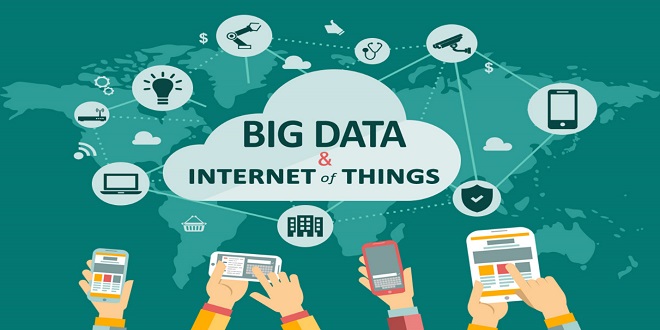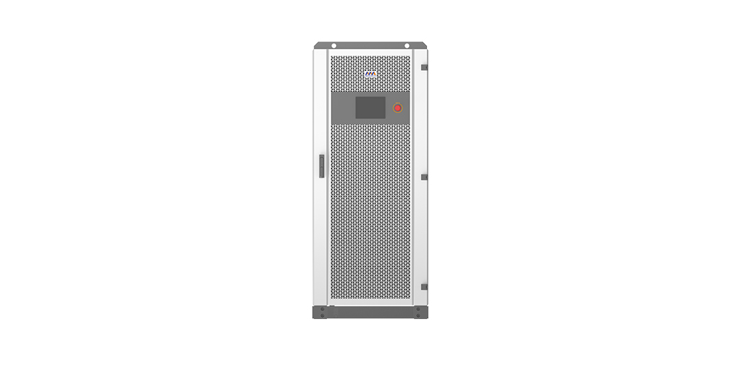The Internet of Things and Data

The Internet has enabled developers to create solutions that produce data that can be viewed by anyone anywhere in the world. Adapting prototypes or smaller versions of a solution to incorporate the Internet can be a challenge. It is not as simple as taking a working solution on a local network or similar communication mechanism and adding Internet connectivity. For example, growing your sensor network from a few sensors monitoring data viewed by a few people to a sensor network incorporating hundreds of sensors with the data viewable by potentially everyone may require redesigning your communication methods, data collection, and data storage
data storage. Not only do you have to figure out how to scale the communication among your sensors, data collectors, and data-hosting services or database servers, you also have to deal with an explosion of data. That is, capturing data from a dozen sensors is relatively easy and may not require much in the way of careful planning to save the data, but capturing data from hundreds or even thousands of sensors is much more difficult because the data accumulates exponentially
WHAT IS THE INTERNET OF THINGS?
The essence of the IoT has simply interconnected devices that generate and exchange data from observations, facts, and other data, making it available to anyone.1 While there seem to be some marketing efforts attempting to make anything connected to the Internet an IoT solution or device (not unlike the shameless labeling of everything as “cloud”), IoT solutions are designed to make our knowledge of the world around us more timely and relevant by making it possible to get data about anything from anywhere at any time. Regardless, it is clear there is potential for the number of IoT devices to exceed the human population of the planet.
IoT Solutions
An IoT solution is simply a set of devices designed to produce, consume, or present data about some event or series of events or observations. This can include devices that generate data such as a sensor, devices that combine data to deduce something, devices or services designed to tabulate and store the data, and devices or systems designed to present the data. Any or all of these may be connected to the Internet. IoT solutions may include one or all of these qualities whether they are combined in a single device such as a web camera, use a sensor package and monitoring unit such as a weather station, or use a complex system of dedicated sensors, aggregators, data storage, and presentation such as a complete home automation system. Figure 1-1 shows a futuristic picture of all devices everywhere connected to the Internet via either databases, data collectors or integrators, display services, and even other devices.
IoT Is More Than Just Connected to the Internet
So if a device is connected to the Internet, does that make it an IoT solution? That depends on whom you ask. Some believe the answer is yes. However, others (such as myself) contend that the answer is not unless there is some benefit from doing so. For example, if you connected your toaster to the Internet, what could be the benefit of doing so? It would be pointless (or at least extremely eccentric) to get a text on your phone from your toaster stating your toast is ready. So in this case, the answer is no. However, if you have people such as irresponsible teenagers or perhaps older adults whom you would like to monitor, it may be helpful to be able to check to see how often they use their toaster and when. That is, you can use the data to help you make decisions about their care and safety.





